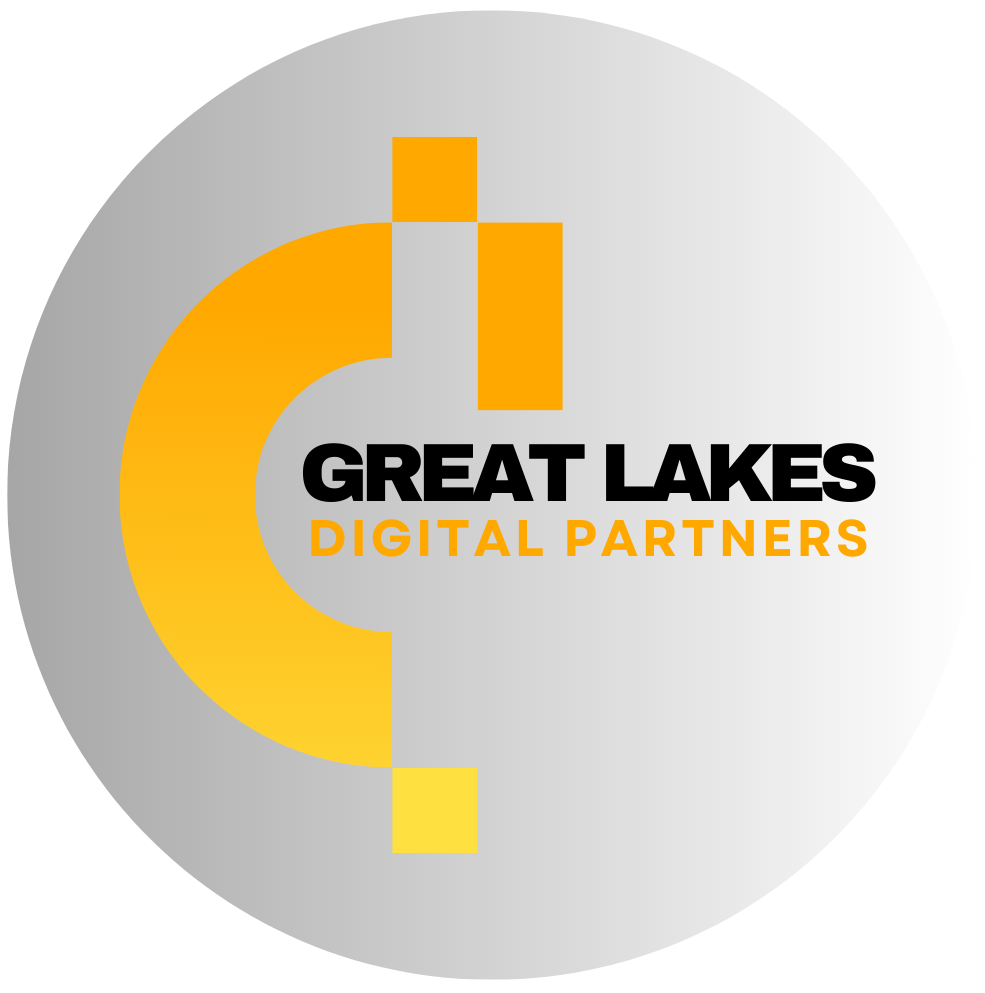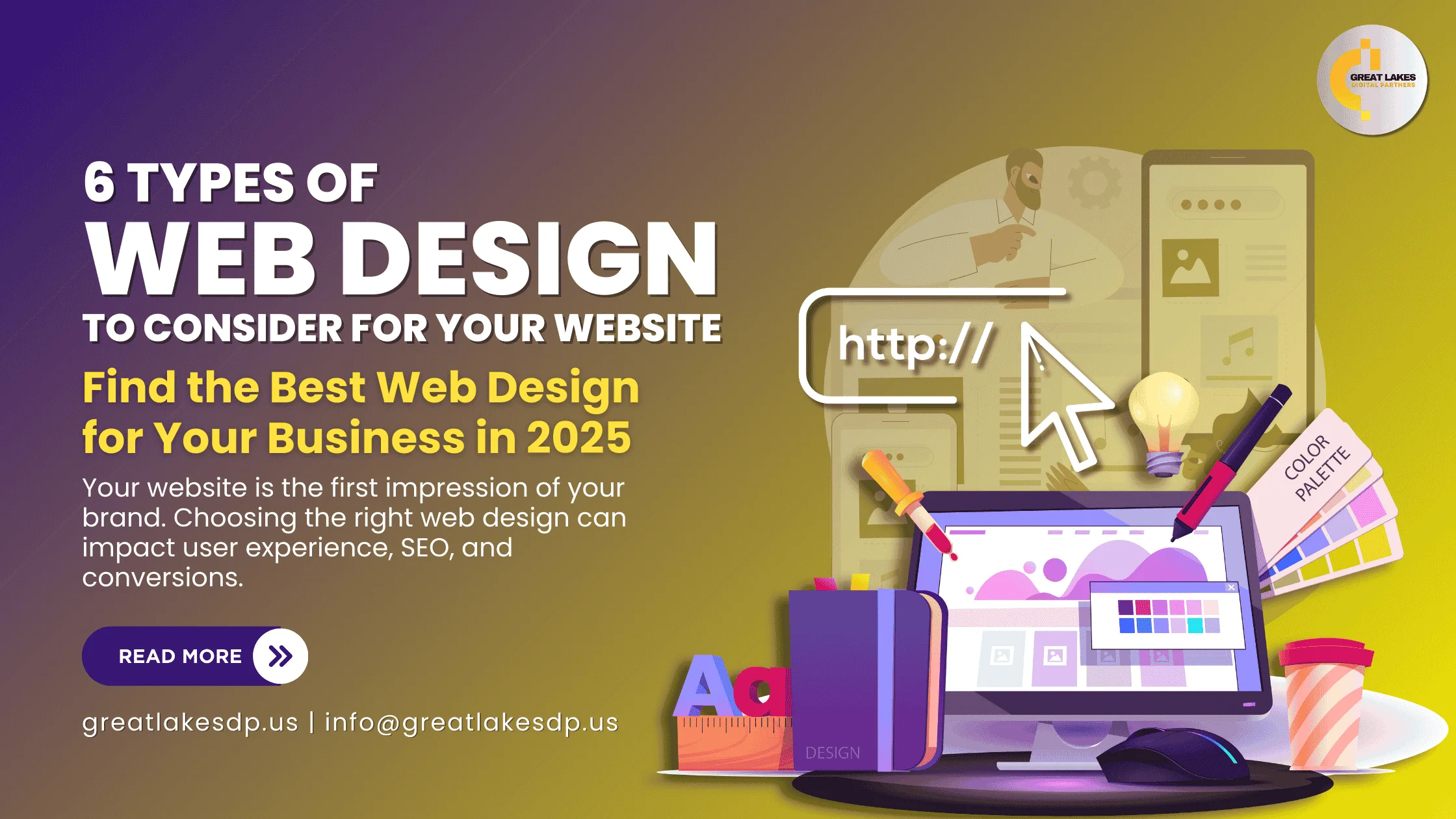Your website isn’t just an online presence; it’s your brand’s digital storefront. Whether you’re a small business owner, an entrepreneur, or a large enterprise, choosing the right types of web design can define your online success. A well-structured, visually appealing, and functional website isn’t optional—it’s a necessity.
With 2025 bringing new trends and higher user expectations, understanding the different types of web design will help you pick the perfect structure that aligns with your goals. In this guide, we break down six key types of web design, their pros and cons, and which one suits your business best.
Table of Contents
ToggleWhat are the Types of Web Design?
Web design isn’t one-size-fits-all. The types of web design you choose depend on factors like user experience, interactivity, scalability, and aesthetics. Let’s explore the top design website choices in 2025 and which one works best for your website.
1. Static Website Design
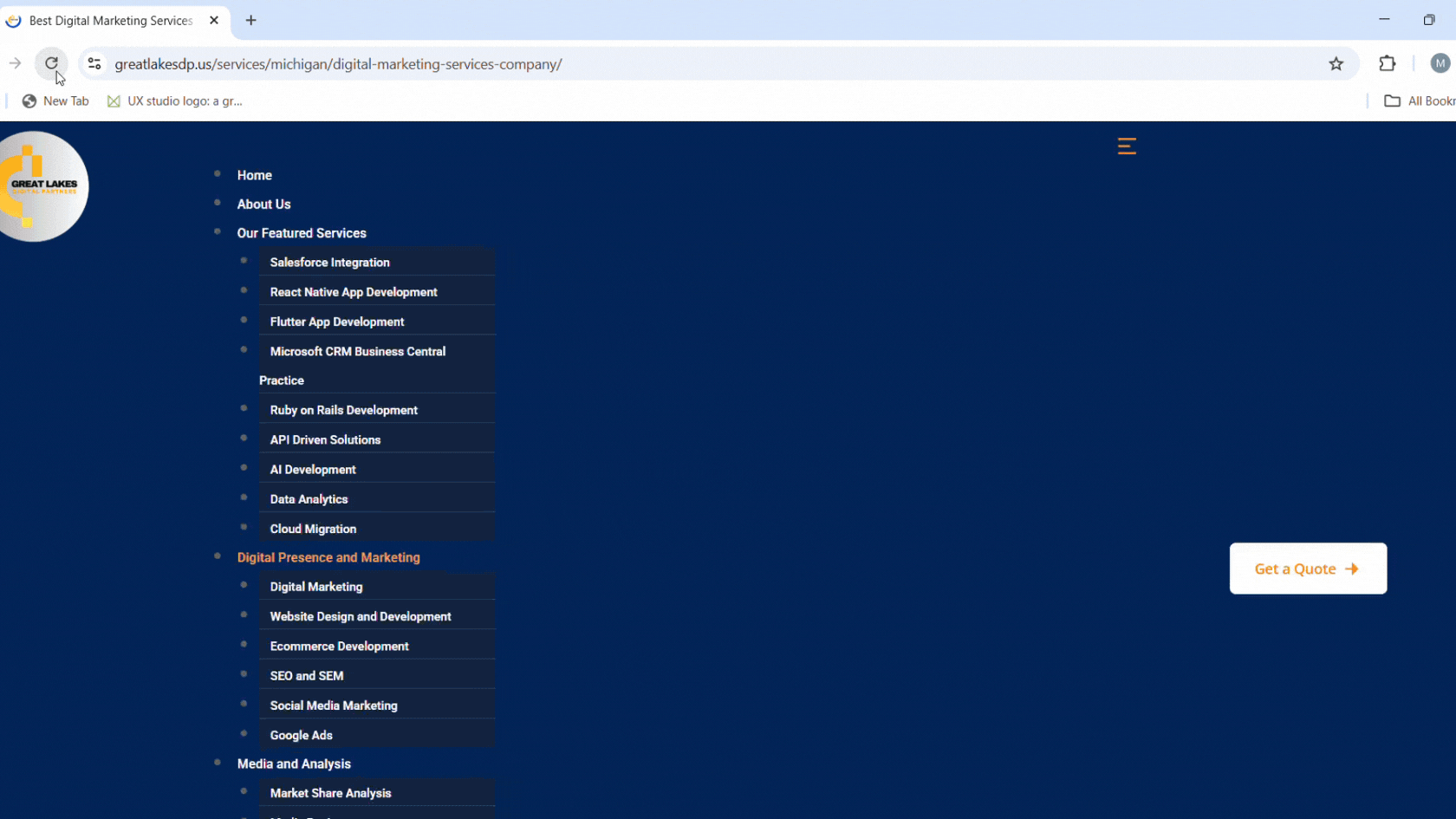
Image Source: Digital Marketing Agency in michigan
A static website is the simplest form of types of web design. Each page is pre-designed with fixed content, meaning every visitor sees the same information. It’s an excellent choice for businesses that don’t need regular updates, such as small service providers, freelancers, and personal portfolios.
Why Choose a Static Website?
- Affordable & Quick to Develop: With minimal backend coding, static sites are budget-friendly and easy to build.
- Fast Loading Speeds: Since content doesn’t change dynamically, static websites load much faster than complex sites.
- Minimal Maintenance: No need for frequent updates or database management.
Limitations:
- Limited Interactivity: Users can’t engage beyond reading and scrolling.
- Difficult to Update: Any content changes require manual coding.
- Not Scalable: If your business grows and requires new features, switching to another types of web design will be necessary.
2. Dynamic Website Design
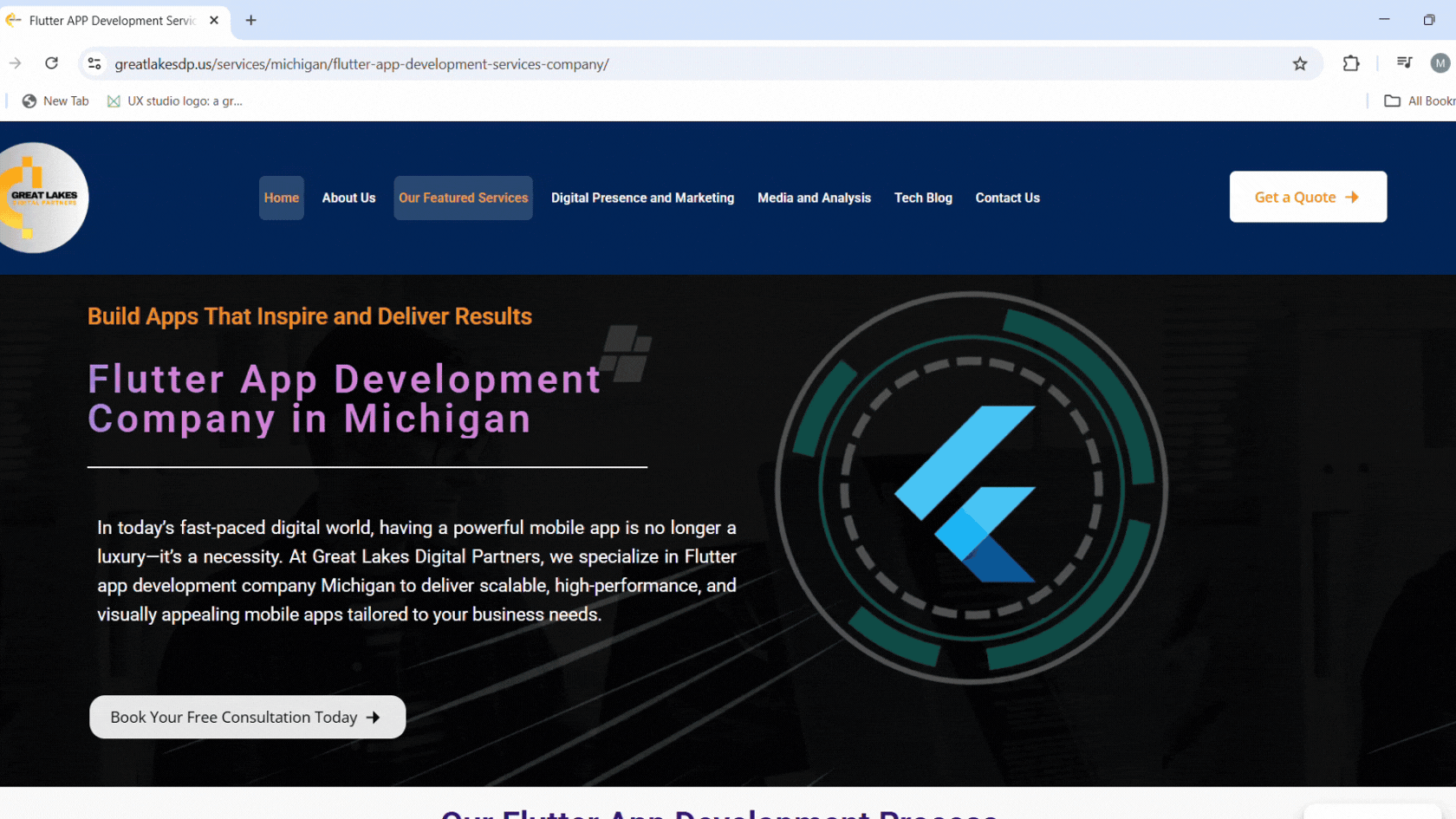
Image Source: flutter app development
A dynamic website delivers an interactive experience, where content updates automatically based on user input, database connections, or server-side scripting. Businesses with frequently changing content—like blogs, news portals, and eCommerce platforms—benefit from this flexible structure.
Why Go Dynamic?
- Engaging User Experience: Features like live chats, forms, and personalized content keep users engaged.
- Easy Content Management: Modify text, images, or entire sections without altering the code.
- Scalability: Supports business growth with additional features and integrations.
Challenges:
- Higher Development Costs: More complex coding means a bigger upfront investment.
- Ongoing Maintenance Required: Needs frequent security patches, updates, and optimization.
- Slightly Slower Load Time: Additional processing power may impact performance.
3. Responsive Web Design
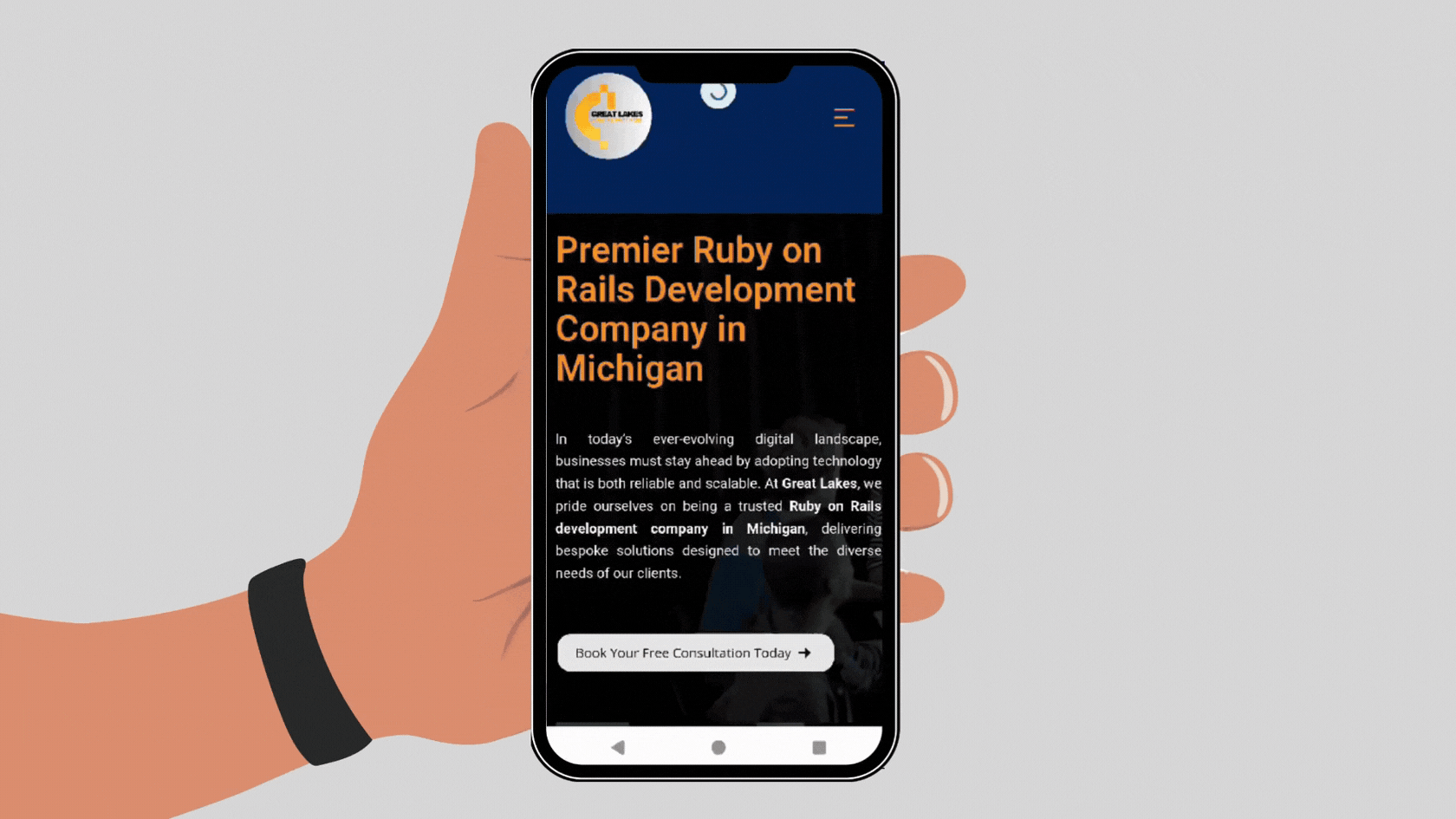
A responsive website design is a must in today’s mobile-first world. With mobile traffic surpassing 58% of global internet usage, a site that adapts seamlessly to desktops, tablets, and smartphones is non-negotiable.
Why Opt for a Responsive Design?
- Better SEO Rankings: Google prioritizes mobile-friendly sites in search results.
- Optimized User Experience: Visitors enjoy a smooth, intuitive interface on any device.
- Future-Proof: Automatically adjusts to new screen sizes and resolutions.
Considerations:
- More Time-Intensive Development: Requires meticulous testing on different devices.
- Slightly Higher Cost: Initial setup is pricier but pays off in user satisfaction and conversions.
4. CMS-Based Website Design
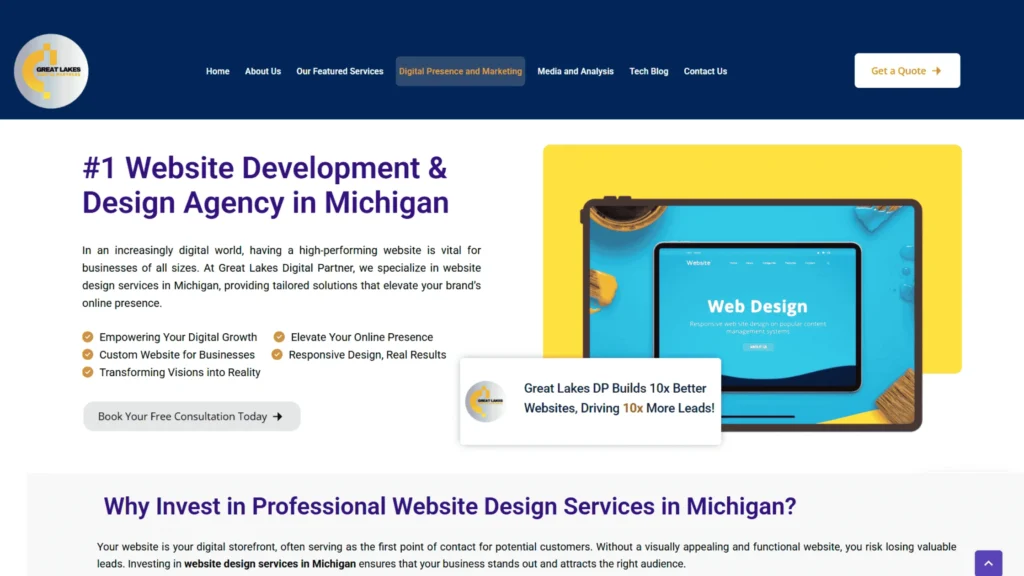
Image Source: Website Development & Design Agency in Michigan
A CMS (Content Management System)-based website runs on platforms like WordPress, Joomla, or Drupal, allowing businesses to manage content without coding knowledge. This example of website design is highly flexible and widely used for corporate websites, blogs, and business portfolios.
Advantages of CMS Websites:
- User-Friendly: Easily update pages, publish blogs, and manage media without technical skills.
- Customization & Scalability: Thousands of themes and plugins for advanced features.
- Great for SEO: Optimized for search engines with built-in tools and extensions.
Drawbacks:
- Security Vulnerabilities: CMS platforms are frequent targets for hackers if not regularly updated.
- Performance Issues: Excessive plugins can slow down the site if not optimized properly.
- Maintenance Required: Regular updates and backups are essential for smooth functioning.
5. eCommerce Website Design
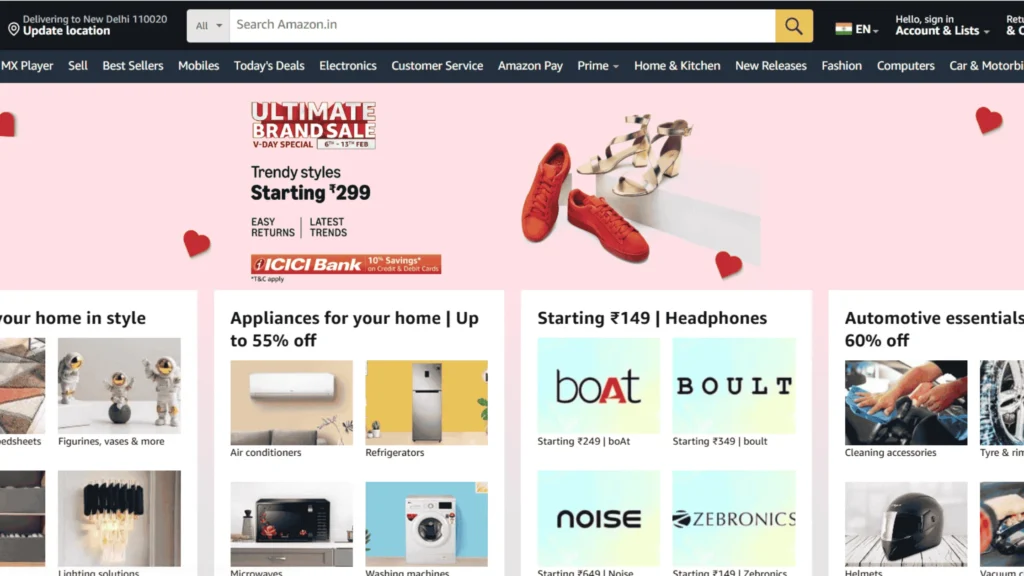
For businesses selling products or services online, an eCommerce website is essential. This type of web design integrates shopping carts, product catalogs, payment gateways, and security protocols.
Why Choose an eCommerce Site?
- 24/7 Sales Capability: Sell products globally, anytime.
- Secure Payment Options: Built-in checkout processes for safe transactions.
- Customizable Product Management: Organize inventory, categories, and promotions effortlessly.
Challenges:
- Higher Development Costs: Requires complex features like shopping carts, payment gateways, and security compliance.
- Regular Maintenance Needed: Inventory, customer data, and transactions need constant monitoring.
- Security & Compliance: Adhering to data protection laws is crucial to avoid breaches.
6. Single-Page Website Design
A single-page website condenses all content into a single, scrollable page. It’s ideal for portfolios, personal brands, and startups that want to deliver a focused message without distractions.
Why Consider a Single-Page Site?
- Smooth Navigation: Users find all information in one place without clicking through multiple pages.
- Visually Engaging: Designers can create immersive experiences with animations and storytelling elements.
- Fast Load Times: Since there are no additional pages, these sites load quickly.
Limitations:
- SEO Challenges: Limited keyword targeting compared to multi-page websites.
- Not Ideal for Large Businesses: Companies with extensive services or products may find it restrictive.
How to Choose the Right Website Design Services in Michigan?
The best types of web design depend on your industry, business goals, and audience expectations. Here’s a quick breakdown:
| Website Type | Best For |
| Static | Small businesses, portfolios, personal blogs |
| Dynamic | News sites, corporate businesses, content-heavy websites |
| Responsive | Any business needing a mobile-friendly experience |
| CMS-Based | Business blogs, service providers, informational websites |
| eCommerce | Online stores, product-based businesses |
| Single-Page | Startups, personal brands, event promotions |
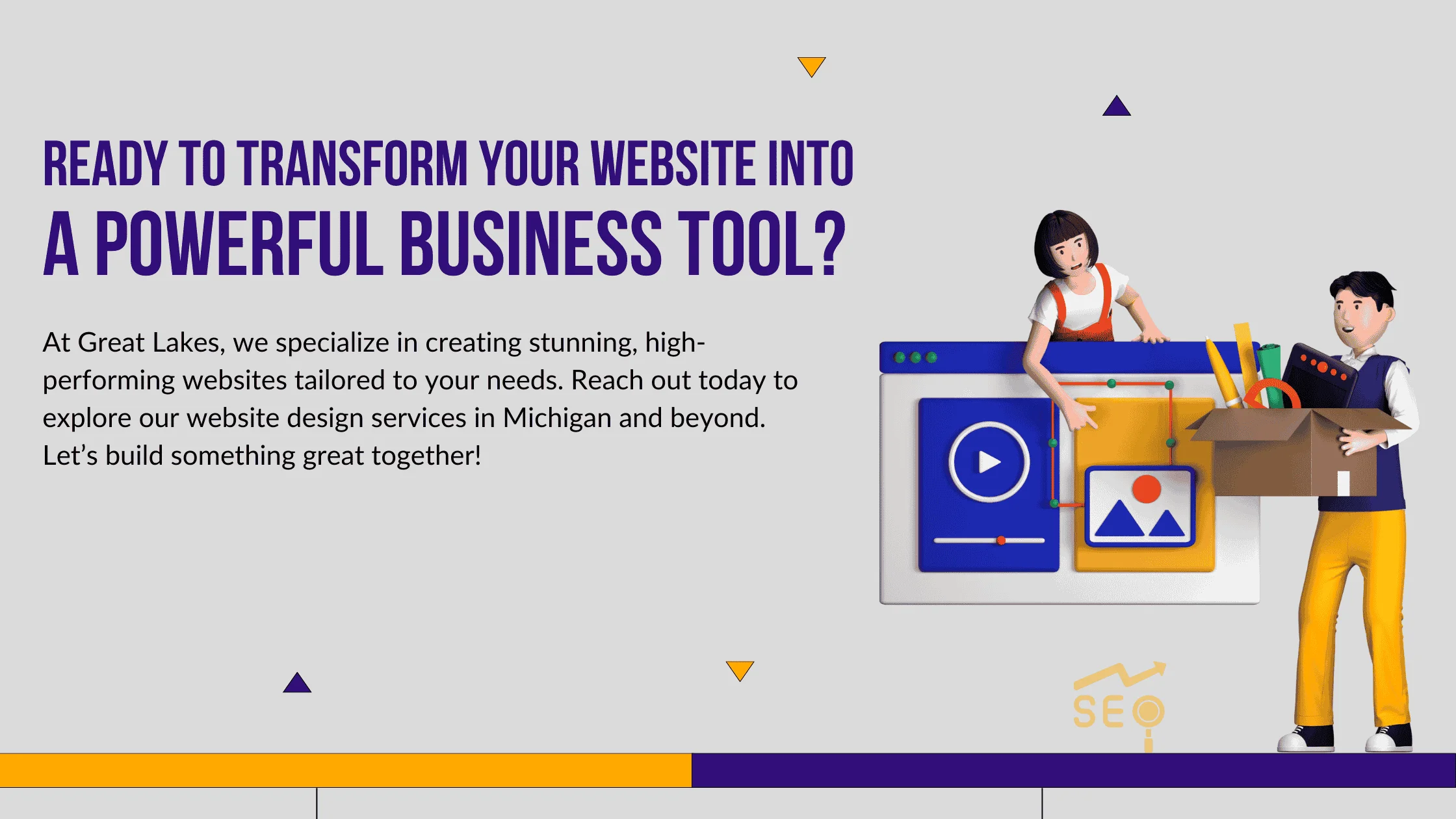
FAQs About types of web design
1.What is the difference between static and dynamic web design?
A static website delivers the same content to every visitor, making it ideal for businesses that require minimal updates. A dynamic website, on the other hand, is powered by databases and interactive elements, allowing for real-time content updates and greater user engagement. Dynamic sites are preferred for businesses that need frequent changes, such as eCommerce platforms and blogs.
2. Can I switch from a static to a dynamic website later?
Yes, but the process requires a complete redesign, integrating a content management system (CMS) or database to handle dynamic elements. While it is possible, it is often more cost-effective to plan for a dynamic website from the start if you anticipate future growth and updates.
3. Is responsive web design necessary in 2025?
Absolutely! With over 58% of web traffic coming from mobile devices, having a responsive design ensures your website adapts to various screen sizes. Moreover, Google prioritizes mobile-friendly websites in search rankings, making responsive design crucial for SEO success.
4. How does CMS-based design benefit my business?
A CMS-based website allows easy updates without requiring technical knowledge, making it ideal for businesses that need to add content frequently. It also offers plugins, customization, and scalability, which can improve functionality and user experience over time.
5. What type of web design is best for SEO?
Responsive web design and CMS-based websites are typically best for SEO. A responsive design ensures mobile-friendliness, improving search rankings, while CMS platforms allow for easy content updates and keyword optimization, essential for ranking higher on Google.
6. What is an example of website design that performs well?
A well-performing website is one that balances aesthetics with functionality. Examples include modern eCommerce websites with fast loading times, intuitive navigation, and SEO-optimized content, ensuring users have a seamless experience while browsing.
7. What are the best website design services in Michigan?
Great Lakes Digital Partners offers high-quality website design services in Michigan, specializing in custom solutions tailored to businesses of all sizes. They focus on creating visually appealing, high-performance websites that drive engagement and conversions.
8. How does a top design website improve business growth?
A op design website tenhances user experience, encourages longer site visits, and improves brand credibility. With well-structured content, smooth navigation, and a mobile-friendly interface, businesses can see increased customer trust and higher conversion rates.
9. How can an eCommerce website design enhance online sales?
An optimized eCommerce website includes seamless checkout processes, secure payment gateways, and mobile-friendly design. These features build customer trust and make purchasing easier, leading to increased sales and repeat business.
10. What role does UX/UI play in modern website design?
UX/UI design plays a crucial role in modern websites by enhancing user engagement, streamlining navigation, and making interactions intuitive. A well-designed UX/UI ensures visitors can find information quickly and enjoy a seamless browsing experience, improving conversion rates.
